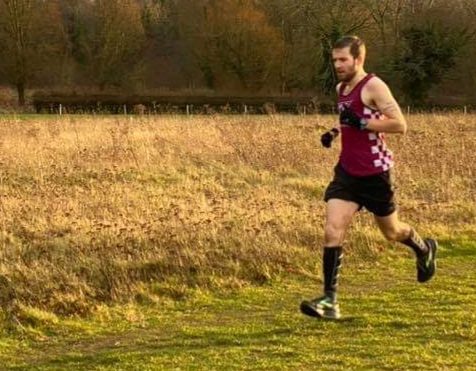Whilst this applies especially to marathons, you can also apply this advice to any long distance race to help you out when things get tough.
Whether you have to run a steep incline or face a stiff headwind to finish a race, or even if you’re utterly spent when trying to achieve a new personal best, the last miles of races can be the hardest. Here are some tips you can use to finish strong when you feel mentally or physically weak.
Have your goals
The first tip actually has to be set beforehand. Having your A and B goals in mind helps keep you on track. If you’re ahead of these targets, that alone will likely be enough to drive you on to a good end to the race, and you can perhaps set even greater targets as you go. I employed this during the first Blickling half marathon where I ran a PB of over 4 minutes, chasing down a time I’d not have dreamed of going into the race.
During the race, if you’re not quite on your A or B goals, set yourself a target below that which is realistic but will require hard work still and do your best to stick to it.
Distraction
You can focus on any number of other things to distract yourself. I’ve heard many people tell me how they’ve focused on the bum of an attractive runner in front of them for a while, or how a conversation with a friend or stranger has taken their mind off the discomfort enough for them to continue.
Hard work
Depending on your mind, you might prefer instead to focus on the pain and rise above it. This one tends to work better for me personally and I remember during the 2019 Turkey Trot 10 miler that at around 7.5 miles my legs and lungs began to hurt during one particular hill. I registered the pain and the only thought that came to my head was that it was good. If it hurt like this, it meant I was working hard and trying my best. A value that’s very important to me. It didn’t hurt any less, but I ran over 90 seconds faster than my previous 10 mile PB, and the last 10k was only a couple of seconds off my 10k PB.
Lean into the pain and think of the mental and physical changes that will come from it. You learn to endure.
Technique
Think about how you’re running rather than how you feel. You’ll need some attention on feedback from your body, but don’t let emotion come into it. Be completely objective.
Ask yourself if your posture is good or whether you’re stooping. Are your legs lifting the way they were a few miles ago and if not how can you change that? What about your arms? Swinging wildly across your body or driving powerfully beside you?
Putting your focus on form can help with distraction and actually improve the way you run. If any of the technique points above aren’t working well, it’ll slow you down and make the pain drag on for longer. I don’t know about you, but if I’m still in pain (although potentially less as our mind is on form now) then it becomes easier to push on regardless if I see that my pace has picked up and it’ll be over with sooner, or that the pain is at least getting me to what I feel is a decent pace for my fitness level.
Before and after
Lastly you can think about before and after. All the training you’ve done to get here. The training runs that have been challenging but that you’ve finished regardless. The confidence that comes from that thought can be enough to push you on for a while.
If all else fails, try to keep in mind how good it’ll feel when you’ve finished, regardless of whether you’re on for a PB or won’t be unhappy with the time you ran, the finish line will feel sweet. Concentrate on how fast the pain goes away, and that in an hour or two you’ll be sitting down to a nice meal, refuelling, relaxing and repairing.
There are more scientific approaches you can take and long term, both mental and physical endurance can be built which is why I encourage you to try to keep going when it gets tough. Half the fun of running is the in-built desire for achievement and the chemical rewards that come with it.
Written by Kyle Brooks, Running Coach based in Norwich, Norfolk

